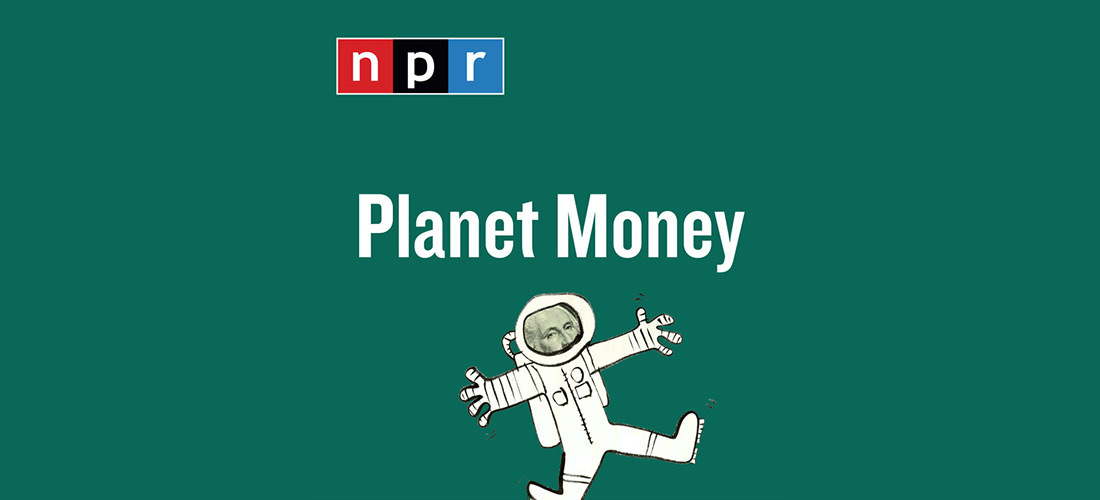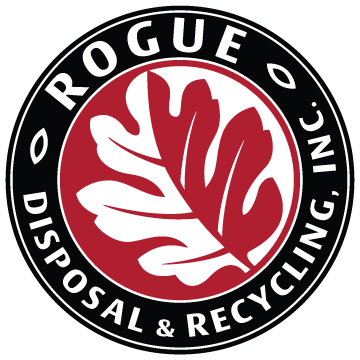Exposing the plastic industry’s big lie about recycling

NPR investigative report explores where the triangular, numbered symbol (commonly assumed to be a “recycling” symbol) on plastic packaging and products came from — and what it really means
In an award-winning NPR podcast report, supported by PBS’s Frontline, reporter Laura Sullivan sets out to answer a simple question about plastics recycling: If it didn’t work 30 years ago, when the triangular symbol (known as the “chasing arrows”) with a number inside it first appeared on things made from plastic, did it ever work? And what’s the truth about this symbol and the numbers you find on milk jugs, shampoo bottles and most plastic packaging and products.
The beginning of the recycling movement
In the 1970s and ‘80s, recycling consisted of three categories of materials: paper, metal and glass. By the 1990s, a few recyclers across the country began accepting plastic for recycling — but this typically meant just milk jugs and soda bottles. Then one day, these recyclers began seeing other things in the plastics recycling bin — toothpaste tubes, peanut butter jars, Styrofoam cups, plastic wrap and more. The reason? These materials had begun to be stamped with the chasing arrows recycling symbol, along with a number — 1 through 7. The recycling collectors and processors couldn’t do anything with these plastics because there was no market for them.
Consumers from coast to coast saw the recycling symbol and assumed that their butter tubs and cling wrap could be recycled. Before long, recycling bins were full of plastic the recyclers couldn’t pass along for recycling. Nothing had changed — except for the addition of the symbol. And people wanting to do the right thing immediately began “recycling” them.
Following the paper trail
Sullivan and NPR set out to find out who is responsible for this big plastic recycling lie. And how did millions of Americans come to believe that most plastics could be easily recycled — which wasn’t true then and still isn’t true now.
It starts with a 1973 memo from the Society of the Plastics Industry, the lobbying group for plastics. According to a memo the organization sent to top oil and plastic executives, they knew then that recycling plastic is nearly impossible, recycling it is costly, and sorting plastics is infeasible. It was much easier — and cheaper — to make new plastic out of oil.
By the late 1980s, however, lobbyists grew concerned that there was too much plastic trash and consumers didn’t like it. The industry’s top lobbyist worried that the public’s perception of plastics was deteriorating at an alarming rate. They wanted to keep making more and more plastics, but they knew that the more you make, the more plastic trash you end up with.
The obvious solution would be to recycle the plastic. But the industry knew they couldn’t do that. The infrastructure wasn’t there. The cost was too high. Plastic degrades. There were all sorts of other challenges associated with the process.
The solution that was anything but a solution
Top lobbyists met with key executives from the plastics industry and came up with a way to “solve’ the problem. They decided they could “advertise” their way out of the “can’t recycle it” problem.
To do so, they spent millions of dollars on advertising that touted the benefits of plastics. Many of the ads and commercials carried an environmental message too. But the truth is, they were paid for by the plastics industry in an attempt to “greenwash” — using this messaging to get the public to think that the plastic packaging waste they create could help save the planet, if “recycled.”
Commercials carried an environmentalist message, but what TV viewers at home didn’t know was that these ads were paid for by the industry. According to Sullivan, one former plastics lobbyist told her that as long as the public thinks recycling is working, they’re not going to be that concerned about the environment — and they won’t worry so much about the plastics trash.
Huge recycling programs were announced with fanfare, including recycling at all national parks and a city-wide recycling program at all New York City schools. By and large, most of these programs failed and quietly went away.
The one that stuck: the chasing arrows “recycling symbol.” It looked good and made people think they were doing the right thing. But the industry knew the truth. They understood that the symbol was creating unrealistic expectations about which plastics people can recycle. Yet the symbol remained — and was quickly adopted by millions of households eager to do the right thing with their plastics.
Ultimately, the response from the plastics industry was that the chasing arrows symbol and the numbers were never meant to promote recycling. They were solely meant to help sort plastics.
Listen To the NPR podcast “Waste Land" here.
To find out what Oregon is doing to combat greenwashing, including truth in labeling, learn more about the Oregon Plastic Pollution and Recycling Modernization Act, click here.
Share This
